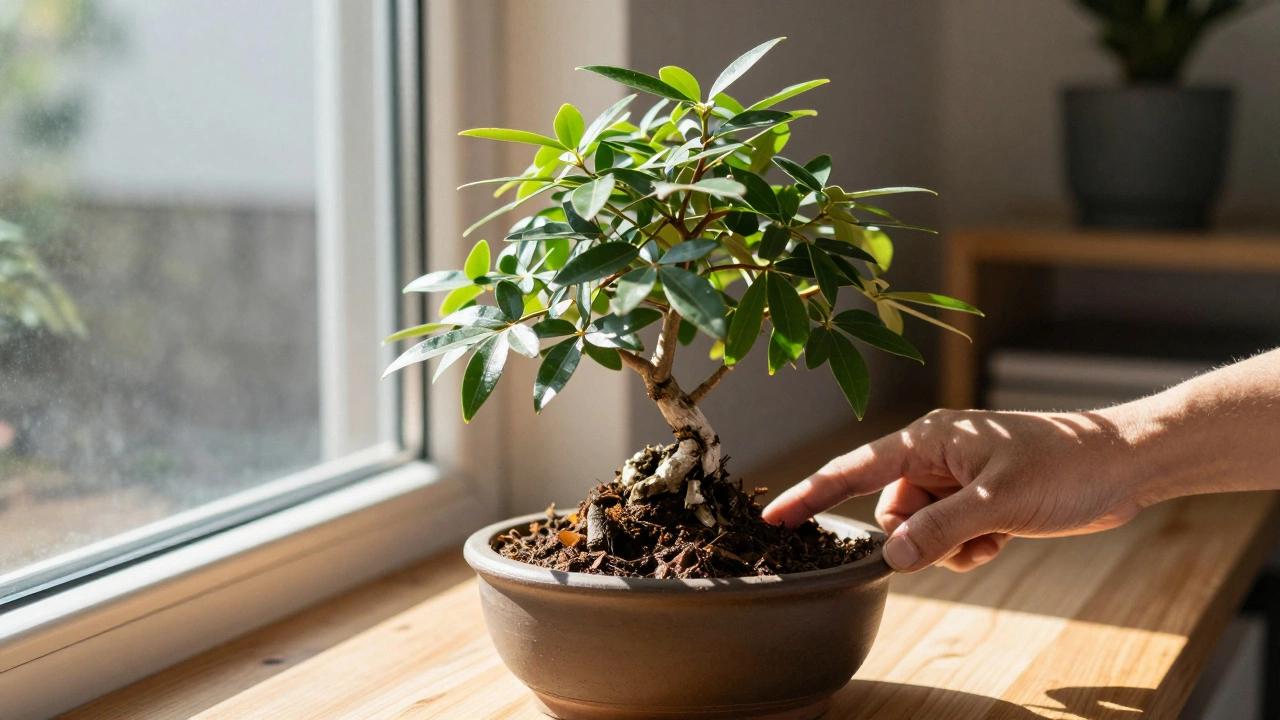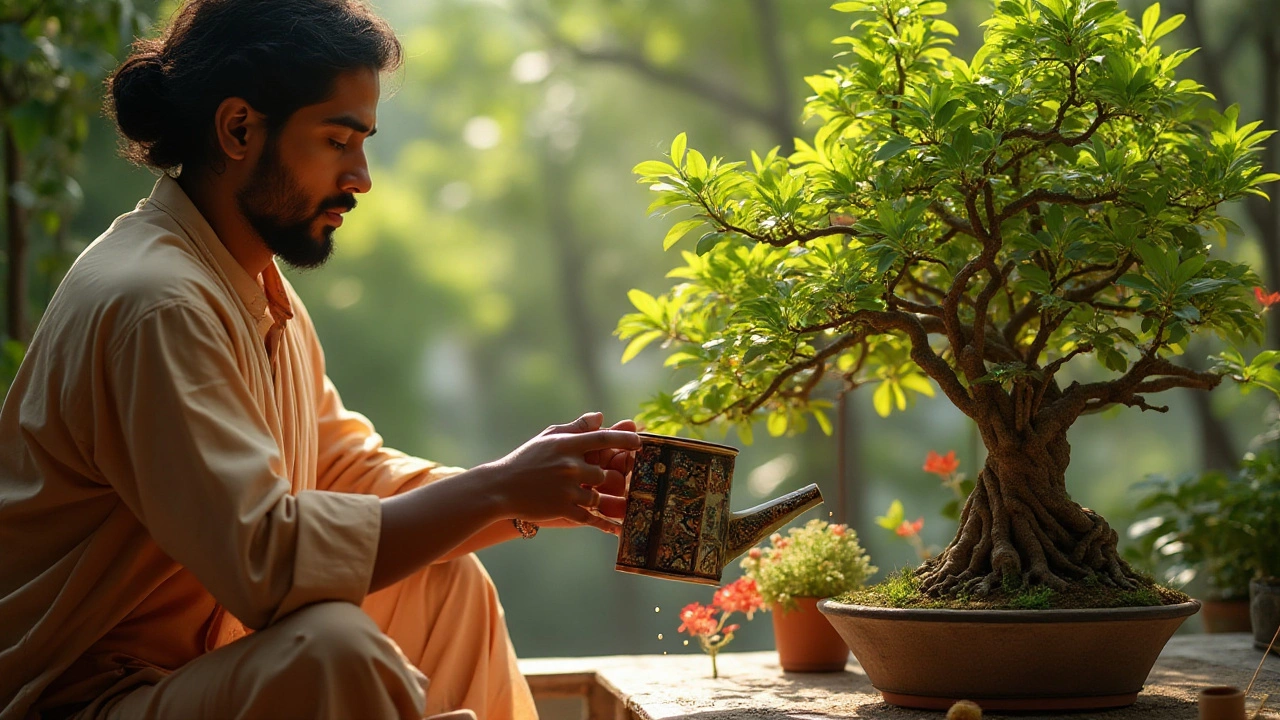Learn how to care for a bonsai tree as a beginner with simple, practical steps on watering, light, soil, pruning, and seasonal care. Avoid common mistakes and keep your mini tree thriving for years.
Bonsai Tree Care: Essential Tips for Growing and Maintaining Miniature Trees
When you think of a bonsai tree, a meticulously shaped miniature tree grown in a shallow container, often reflecting natural landscapes in scaled-down form. Also known as penjing, it isn’t just a plant—it’s a living art form that demands patience, observation, and understanding of natural growth patterns. In India, where temperatures swing from scorching summers to cool winters, keeping a bonsai alive isn’t about luck. It’s about matching the tree’s needs to your local climate.
Most bonsai trees need bonsai soil, a fast-draining mix of akadama, pumice, and lava rock that prevents root rot while holding just enough moisture. Regular garden soil will drown your tree. Watering isn’t about a schedule—it’s about checking the top inch of soil. If it’s dry, water deeply. If it’s damp, wait. Overwatering kills more bonsai than neglect. And when it comes to bonsai pruning, the careful trimming of branches and roots to control shape and encourage dense foliage, you’re not just cutting—you’re guiding growth. A single cut can change the tree’s direction for years. Spring and monsoon are the best times to prune, when the tree is actively healing.
Placement matters. Most bonsai need bright, indirect light—especially in India’s harsh sun. A north-facing balcony or a spot under a sheer curtain works better than direct afternoon rays. Indoor bonsai like Ficus or Juniper handle lower light, but they still need airflow. Don’t keep them sealed in a room. And don’t forget seasonal shifts. In winter, some species need a cold rest period. In summer, humidity trays help mimic natural conditions. Bonsai care isn’t a chore—it’s a quiet daily conversation with nature.
What you’ll find in the posts below aren’t generic tips from overseas blogs. These are real, tested insights from Indian gardeners who’ve learned the hard way—what works on a Delhi balcony, what fails in Chennai’s humidity, and how to revive a struggling tree after a heatwave. Whether you’re holding your first bonsai or you’ve been shaping one for years, there’s something here that will make your next cut, water, or repotting feel more intentional. No fluff. Just what actually keeps these tiny trees alive and beautiful.
Understanding the proper watering techniques for a bonsai tree is essential for its health and beauty. This article provides a comprehensive guide on how often to water your bonsai, taking into account factors such as species, climate, and container type. With practical tips and interesting facts, bonsai enthusiasts can refine their skills to ensure their miniature trees thrive. Discover the art of bonsai watering and achieve a lush, vibrant display.

